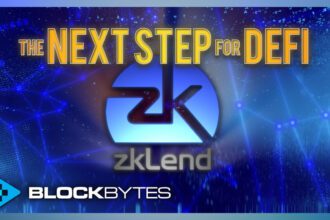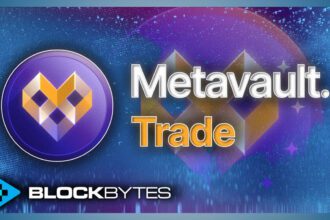Ever bought a token with the express intent of selling it after it 2x\’d? Or sold a token too slow and ate a loss you couldn\’t stomach? Using a Crypto Limit Order will ensure it won\’t happen again.
Understanding the different types of orders available on exchanges is essential to crypto trading. The various order types can affect your profitability and allow greater control over your trades and assets. This makes understanding each order type crucial to any trader.
This series will introduce the concept of different order types and what makes each type unique. The first type we will cover is the Limit Order. We’ll go over what they are, how they work, and some general pros and cons of this order type.
If you\’re looking for a more simple order type, read this article.
What is a Crypto Limit Order?
A limit order is an order to buy or sell an asset with a maximum purchase price or a minimum sell price. For Buy Limit orders, the order will only be executed at the limit price or lower. While for Sell Limit orders, the order will only be executed at the limit price or higher. Traders set their order price and the maximum amount of the asset they wish to trade.
For example, if a trader wishes to buy one Bitcoin (BTC) but only wishes to purchase the asset when it reaches his limit of $20,000, that trader can set a buy limit of one BTC for $20,000. The Buy Limit will trigger when the price of one BTC is $20,000 or less. Alternatively, if the trader wishes to sell their one BTC when the price hits $25,000, they can set a Sell Limit order that will only trigger when the BTC price is $25,000 or above.
How do Limit Orders work?
By using a Buy Limit order, the trader is guaranteed to pay the set Buy Limit order price or better (less). A Sell Limit order guarantees that an asset will be sold at the Sell Limit order price or better (more). The order is not triggered until the specific market price is achieved.
When a limit order is placed, it will be placed on the exchanges order book immediately and will not trigger until the asset reaches the specified limit price (or better). Limit Orders can come with expiration dates. Generally, the orders can last up to 90 days but that will depend on your exchange of choice. It is recommend that you review your open limit orders periodically to keep up with the changing market conditions.
Limit Orders: Pros and Cons
Limit Orders are ideal for investors to execute trades at desired prices without the need to monitor market conditions. Traders use this order type to hedge against sudden market moves by setting sale prices at specific levels. Limit Orders provide options for traders that wish to automatically buy/sell assets when specific criteria are met. This characteristic makes it a valuable tool for traders to prevent large downside losses.
However, it is not guaranteed that the order will be filled. The set price of the Buy/Sell Limit may never be met. It is also possible for the order to be only partially filled. For example, I may set a Buy Limit of $20,000 for one BTC and someone lists 0.5 BTC for that price. The limit order will trigger but can only purchase what is available, leaving my portfolio 0.5 BTC short of my ideal asset quantity.
| Advantages | Disadvantages |
| -Set it and forget it -Limit orders limit the amount of loss you can experience in a rapidly down turning market -Less pressure to monitor market conditions -Will never spend more than set amount | -Order not guaranteed to be filled as it will only trigger when parameters are met -Most exchanges only allow for Limit orders to be valid for a set time |














